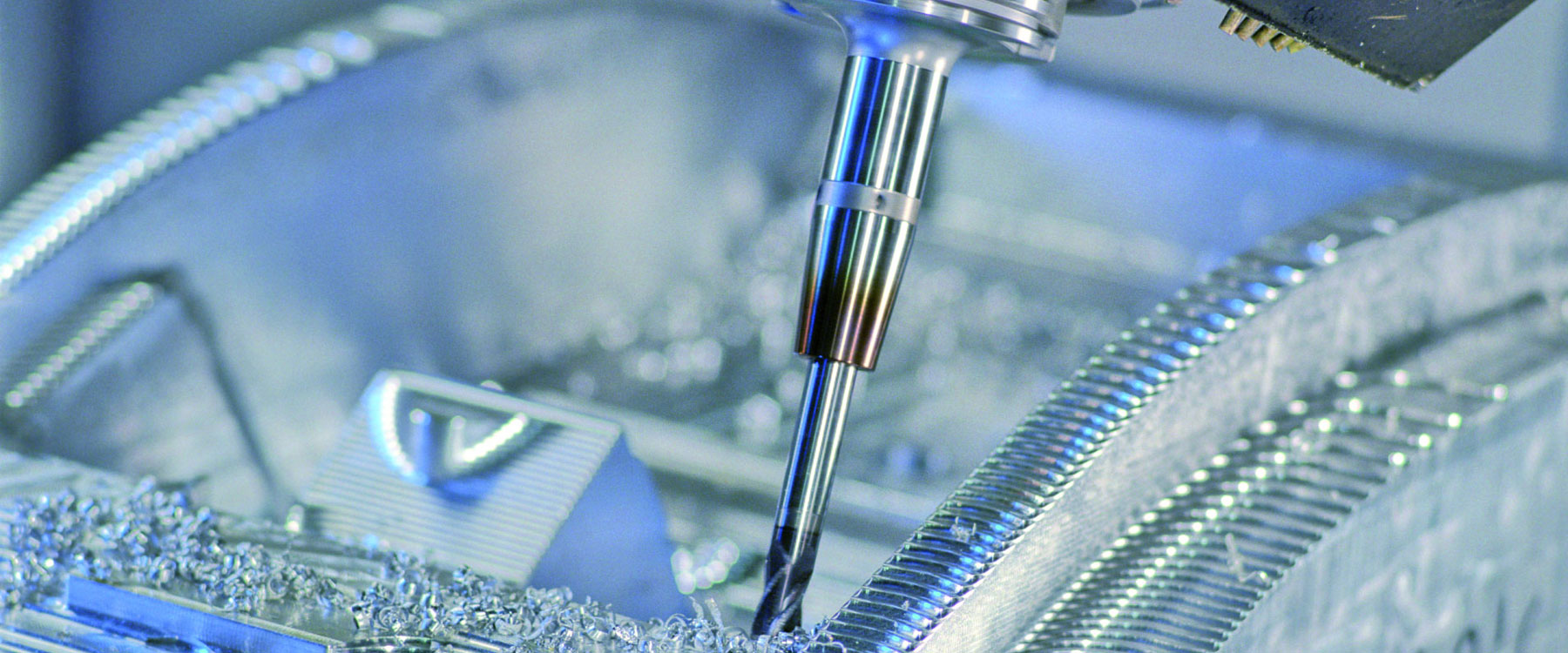The Use Of Titanium Alloy
The Use Of Titanium Alloy
|
Titanium alloy has high strength and low density, good mechanical properties, good toughness and corrosion resistance. In addition, titanium alloys have poor process performance and are difficult to cut. In hot working, it is very easy to absorb impurities such as hydrogen, oxynitride and carbon. There is also poor abrasion resistance and complicated production process. The industrial production of titanium began in 1948. The need for the development of the aviation industry has enabled the titanium industry to grow at an average annual growth rate of about 8%. The annual output of titanium alloy processed materials in the world has reached more than 40,000 tons, and there are nearly 30 types of titanium alloys. The most widely used titanium alloys are Ti-6Al-4V (TC4), Ti-5Al-2.5Sn (TA7) and industrial pure titanium (TA1, TA2 and TA3). |
 Titanium alloy is mainly used to make aircraft engine compressor components, followed by rocket, missile and high-speed aircraft structural parts. In the mid-1960s, titanium and its alloys have been used in general industry, for making electrodes in the electrolysis industry, condensers in power plants, heaters for petroleum refining and seawater desalination, and environmental pollution control devices. Titanium and its alloys have become a corrosion-resistant structural material. It is also used to produce hydrogen storage materials and shape memory alloys.
Titanium alloy is mainly used to make aircraft engine compressor components, followed by rocket, missile and high-speed aircraft structural parts. In the mid-1960s, titanium and its alloys have been used in general industry, for making electrodes in the electrolysis industry, condensers in power plants, heaters for petroleum refining and seawater desalination, and environmental pollution control devices. Titanium and its alloys have become a corrosion-resistant structural material. It is also used to produce hydrogen storage materials and shape memory alloys.
China began research on titanium machining and titanium alloys in 1956; in the mid-1960s, it began industrial production of titanium and developed it into TB2 alloy.
Titanium alloy is a new important structural material used in the aerospace industry. Its specific gravity, strength and service temperature are between aluminum and steel, but it is stronger than aluminum and steel and has excellent resistance to seawater corrosion and ultra-low temperature performance. In 1950, the United States used the F-84 fighter-bomber for the first time as a non-load-bearing component such as the rear fuselage heat shield, wind deflector, and tail hood. In the 1960s, the use of titanium alloy moved from the rear fuselage to the mid fuselage, replacing structural steel to partially manufacture bulkheads, beams, flap slides and other important load-bearing members. The amount of titanium alloy used in military aircraft has increased rapidly, reaching 20% to 25% of the weight of the aircraft structure. Since the 1970s, titanium alloys have been widely used in civilian aircraft. For example, the Boeing 747 passenger aircraft uses more than 3,640 kilograms of titanium. Titanium for aircraft with Mach number greater than 2.5 is mainly used to replace steel to reduce structural weight. As another example, the US SR-71 high-altitude high-speed reconnaissance aircraft (flight Mach number 3, flight altitude 26212 meters), titanium accounts for 93% of the aircraft structure weight, known as "all titanium" aircraft. When the aero-engine thrust-to-weight ratio is increased from 4 to 6 to 8 to 10, and the compressor outlet temperature is correspondingly increased from 200 to 300 ° C to 500 to 600 ° C, the original low-pressure compressor disks and blades made of aluminum must be Use titanium alloy instead, or use titanium alloy instead of stainless steel to manufacture high-pressure compressor discs and blades to reduce structural weight. In the 1970s, the amount of titanium alloys used in aircraft engines generally accounted for 20% to 30% of the total weight of the structure. They were mainly used to manufacture compressor advance cnc machining components, such as forged titanium fans, compressor disks and blades, cast titanium compressor casings, and intermediaries. Case, bearing shell, etc. The spacecraft mainly uses titanium alloy's high specific strength, corrosion resistance and low temperature resistance to manufacture various pressure vessels, fuel tanks, fasteners, instrument straps, frameworks and rocket shells. The artificial earth satellite, lunar module, manned spacecraft and space shuttle also all use titanium alloy plate welded parts.
|
PTJ Machining Capabilities |
|
Automatic Bar Machining – Multi-spindle cam automatic screw machines CNC Turning – CNC delivers peak cost efficiency in shorter volumes, as well as high capacity production of mechanically simple components Custom Machining - with up to 12 axes of control Multi Spindle Machining- ISO 9001:2015 certified Screw Machine Products – The number of customized production parts per hour can reach 10000pcs Swiss Machining – with up to 9 axes of CNC control, to produce precision components with complex geometries in one operation High Volume Machining – 100 Advanced Production Turning Bar Automatics On-line and Ready CNC Milling - Machining Fully compliant with the exacting requirements of our customers 5 axis (11 axis) Machining – Tolerance | 0.1mm alignment |
What Can we help you do next?
∇ Get more information about Cnc Machining Shop
→Case study-Find out what we have done.
→Ralated tips about cnc machining services
By PTJ Manufacturing Shop|Categories: Blog|Tags: cnc milling services, cnc turning services, milling parts, turning parts, machining parts, special parts,faqs,technical news,company news,material news |Comments Off
